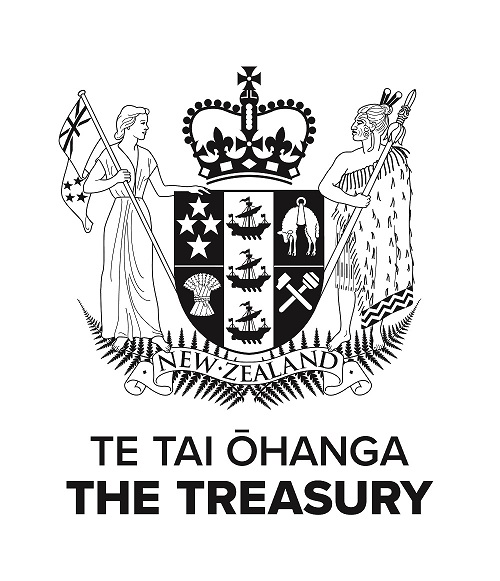
NZDM picks up its pace of issuance, but maintains consistent funding strategy
New Zealand Debt Management (NZDM)’s Kim Martin talks about the government issuer’s strategy for dealing with a higher funding requirement and the global inflation outlook, changing offshore investment drivers and the response to the government’s Wellbeing budget.
New Zealand government bond (NZGB) issuance for fiscal years 2020 and 2021 is forecast at NZ$10 billion (US$6.5 billion) a year, which is NZ$2-3 billion more than NZDM has been issuing in recent years. Does the increased funding task change the strategy when it comes to the mix of syndications and tenders?
In calendar 2019, we issued almost NZ$10 billion without causing any indigestion in the market. This was done through a syndication of the new 2031 NZGB and undertaking regular weekly tenders of NZ$50-$250 million.
The weighted-average maturity (WAM) of NZDM’s debt portfolio has consistently extended in recent years. Is further lengthening of the issuance profile an ongoing goal and is there a target for where you’d like it to be?
We do not have a specific goal in mind for WAM. However, the size of our annual programmes, and our desire to maintain good liquidity in outstanding lines placed at regular intervals, places a natural constraint on how much further we can easily extend the WAM.
Inflation expectations have collapsed across the developed world in recent years, in particular over the last 12 months. Has this affected demand for IIB product or NZDM’s issuance strategy?
This update to the expected issuance profile was based on our assessment of supply-demand dynamics and took into account inflation at breakeven levels. However, we remain firmly committed to the IIB product in our funding strategy.
We believe that we need to have a decent volume on issue to be relevant in the global IIB market. This, along with our own balance-sheet considerations, leads us to have a higher proportion of IIBs on issue in our funding portfolio than many or our peers.
Offshore holdings of NZGBs have been trending lower in recent years. Did the cash rate cut from the Reserve Bank of New Zealand in 2019 exacerbate this?
This broader trend coincided with the narrowing of the official cash rate (OCR)-Fed funds rate differential and related outperformance of NZGBs. So, more broadly, a lower relative OCR has definitely contributed to the lower proportion of nonresident holdings.
However, we note the total value of nonresident holdings of NZGBs has been increasing since the middle of last year. The other side of the equation, of course, is ongoing healthy demand for NZGBs from domestic investors.
How interested are global investors in the New Zealand government’s Wellbeing budget? Have you had any feedback from investors on whether the focus on social outcomes makes any material difference to their assessment of New Zealand government debt?
We have also had some interest in the Wellbeing budget in the context of the ESG [environmental, social and governance] practices of issuers, reflecting what we see as increased investor interest in this area.

HIGH-GRADE ISSUERS YEARBOOK 2023
The ultimate guide to Australian and New Zealand government-sector borrowers.







